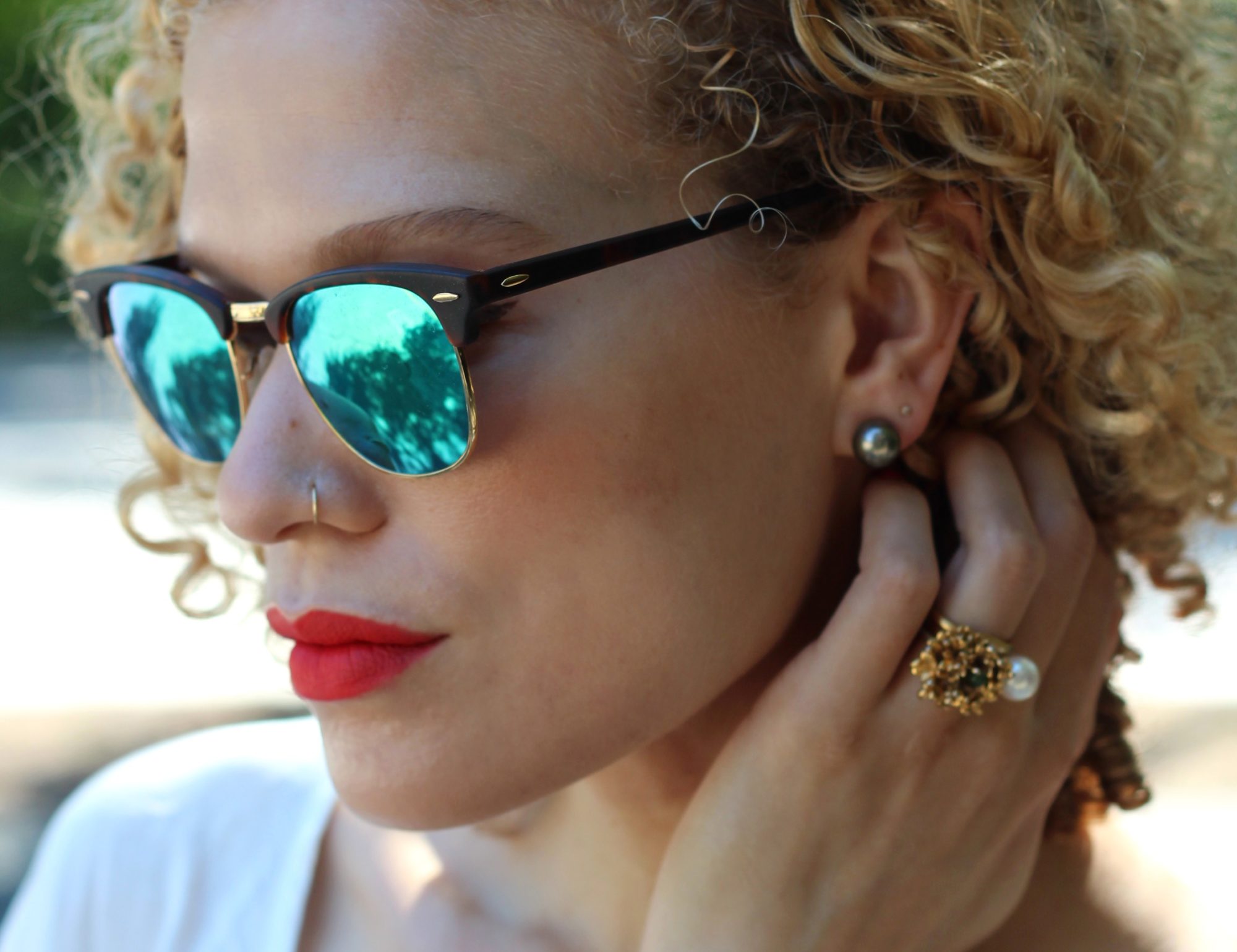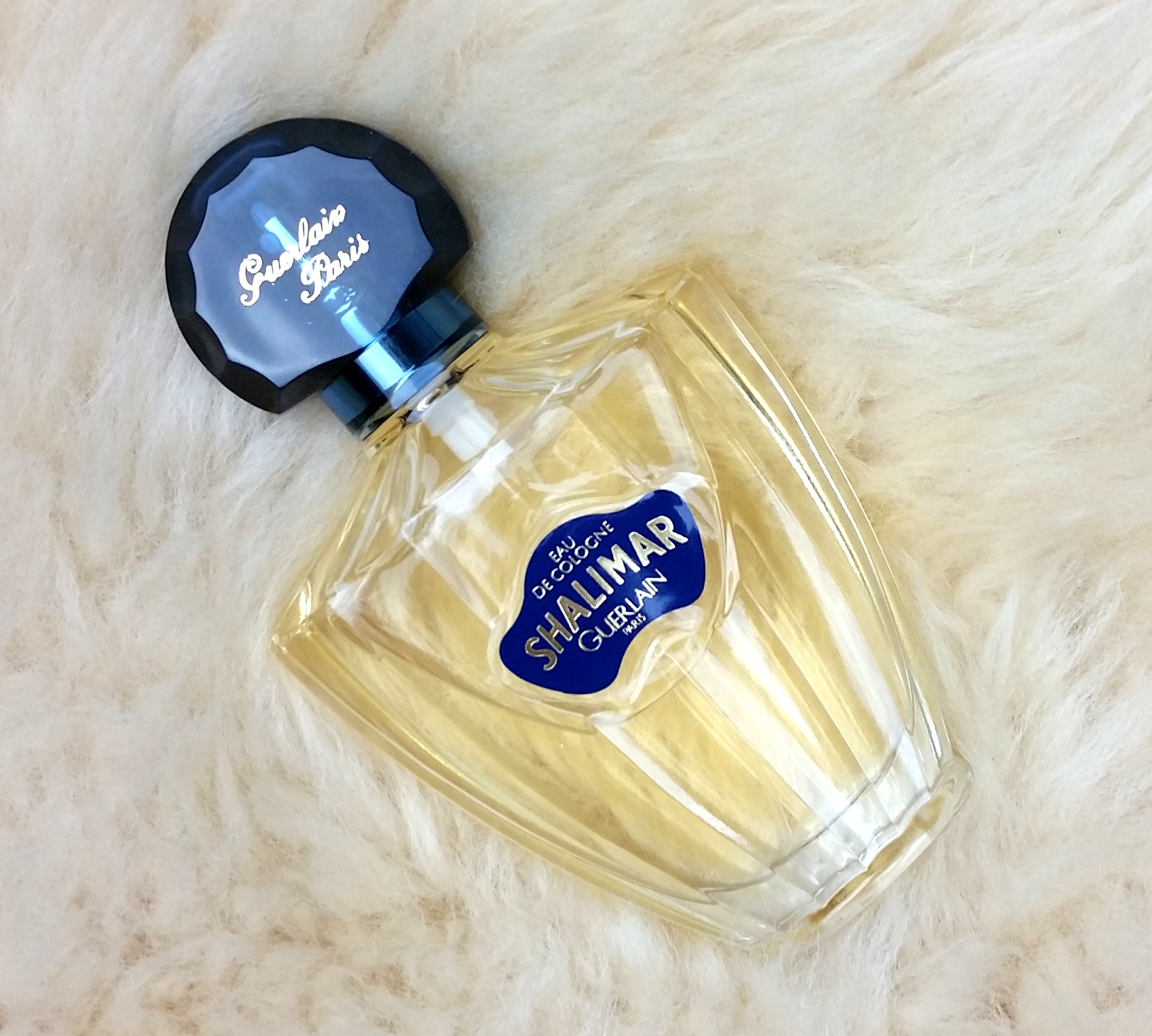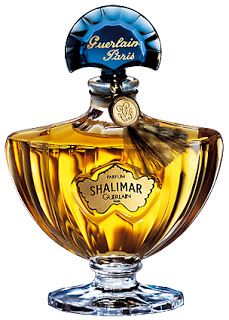Shalimar is an established classic, designed in 1921 by Jacques Guerlain and still on the shelves. This fragrance has been reformulated at least once but the essential notes remain the same; bergamot, jasmine, rose, iris, opoponax, vanilla. This is a complicated fragrance with a lot of powerful ingredients, and not only a lot on paper – a lot in the nose as well. Smelling iconic perfumes is such a good exercise. I think anyone who gets sufficiently curious about perfume will want to experience the old classics sooner or later, certain of them anyway, whether a true vintage sample or the nearest one can get.
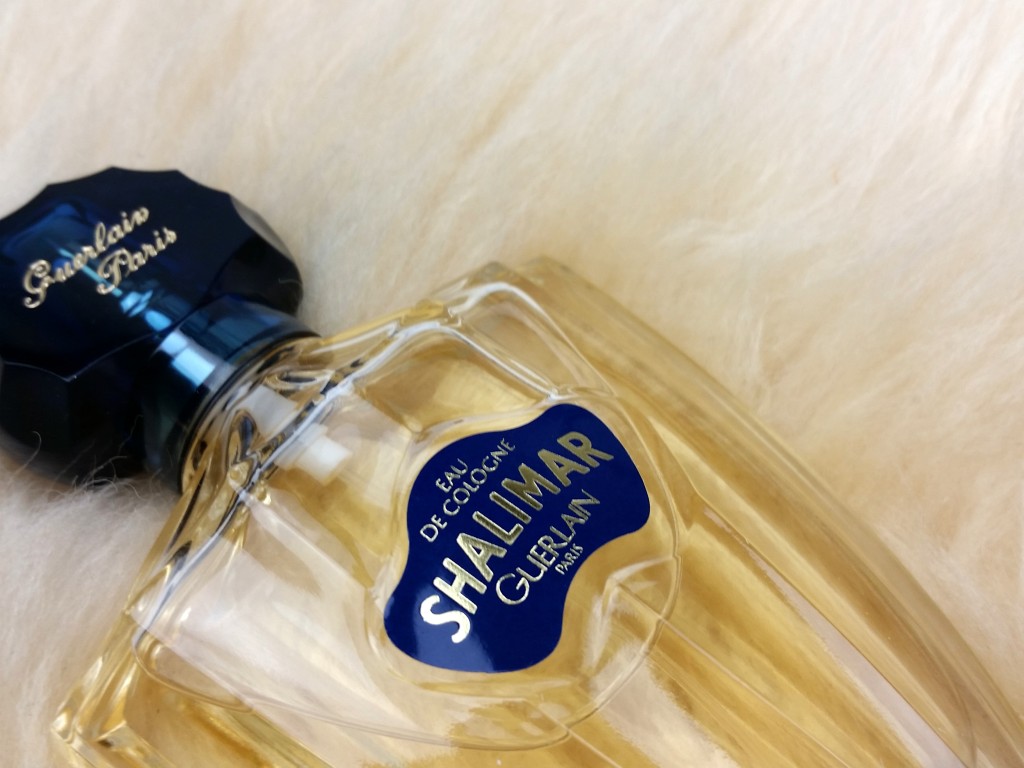
I have yet to have an opportunity to smell the original formulation and can’t speak to whatever butchery the reformulation represents, but to me the current interpretation has a lot to appreciate. Anecdotally (Wikipedia on perfume histories is an interesting rabbit hole) it’s the result of an entire bottle of the latest synthetic vanillin being experimentally poured into a bottle of Guerlain’s Jicky, and was launched as Guerlain’s showpiece for the Exposition Internationale des Arts Décoratifs et Industriels Modernes in Paris in 1925, an art exhibit designed to show the pre-eminence of French taste and style that was the highlight of the early Art Deco period. There is a great history of Shalimar on The Perfume Shrine.
We are discussing the EdC here, as that happens to be what I was gifted recently. It’s strange, I have hardly ever been given perfume. My mom gave me a much loved bottle of Jovan White Musk when I was 13 or so, and my aunt gave me a not especially loved bottle of…what was it? Lady Stetson? (miles away from the awful tropico-chemical aerosol body sprays in vogue in rural Maine in the 90s, which I largely shunned for Vanilla Fields), and I’ve had a few lovely fragrances passed on to me, but I haven’t had that feeling of having a new bottle of perfume in a couple of years. I am so used to being the one who gifts fragrance, I forget it can be given to me, too. How nice it is!*
*Potentially…
I was delighted to receive Shalimar, not because I like it [I’d only smelled it academically in passing years ago, and had only thought about it as a forerunner, a foremother] but because it is iconic, a sound addition to any fragrance library. It’s clearly echoed in later orientals, later leathers, in powdery and floral scents, in ambers and vanillas and incense fragrances…so many of these it seems could not exist without Shalimar. That said, I do like it, though perhaps this does not translate to wanting to wear it often.
Let’s start at the beginning.
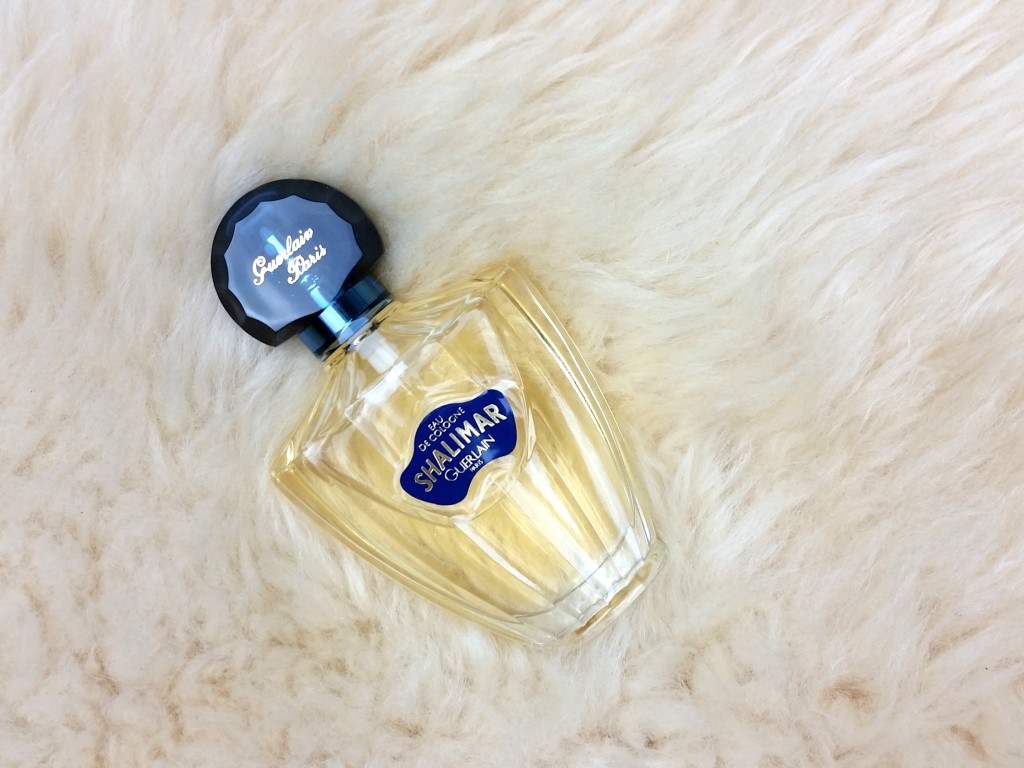
Shalimar EdC opens with a zingy lemon and bergamot (think earl grey tea) accord, really bright, with an insistent sour note like cedar and civet (think animal musk/sweat and cat pee). The animality is strong for me, though for some it takes a back seat to the bergamot and soapy powder (highly recommend browsing the basenotes reviews of Shalimar). This moves promptly -within a few minutes – into the soapy floral heart of iris (for me dominant) and rose, which rose is never fully extricated from that original citrus. There is jasmine as well but for me it is more ‘complex heady floral that you know cannot be only rose or only jasmine’. It’s so over the top to have jasmine and rose, basically the two most expensive floral extracts and Guerlain famous for using the best. Either alone is enough to carry the day, and iris too can hold its own*, so it’s already a busy concoction, and THEN.
*Guerlain’s Apree L’Ondee, Frederic Malle Iris Poudre, The Different Company Bois d’Iris – I find iris soliflore fragrances are the best way to teach your nose the iris note, irises themselves are not so helpful, the root being the relevant thing.
On the coattails of the iris is an equally prominent note of leather, with vanilla and tonka bean creeping steadily in. For me the leather is unmistakable, though some seem to read it only as a smoky vanilla, or more like incense. Some people don’t seem to read leather at all, which to me is baffling, but the leather is the illusion, a mirage made of musk, amber, incense, and powder. The resinous note is evidently the opoponax – a note I don’t really have clear in my brain yet but which is a gum resin like frankincense or myrrh (opoponax is also called sweet myrrh) that smells luxuriously of balsamic and honey. Supposedly. I get what I would call sweet (amber, vanilla) and sour (civet, cedar) leather with a backdrop of powdery iris and incense. As time goes by, and this is a defiant fragrance that hangs around for many hours, this cocktail softens more and more, with leather, amber and vanilla waxing as the sourness and florals wane.
Shalimar will smell naggingly familiar to most, as it is still selling and still being worn, for many it is the scent worn by their mother or grandmother. Then, too, it is the ur-oriental, and all orientals are reminiscent of it. It’s had a cult following for nearly a century, the house’s flagship fragrance; innovatively sweet and exotic for the daring 20s. In addition to selling steadily in the main formulation, has spawned several offshoots or flankers, which surely sell in no small part due to the gorgeous bottle they keep re-releasing with slight variations on the original Baccarat design.
Make no mistake, to my nose Shalimar is old-fashioned. It should smell old fashioned, formulated some 90 years ago and, from my point of view, worn by people much older than myself. Then, powder to me nearly always smells old-fashioned, as do basically all orientals, orientals being amber dominant scents with rich ingredients like musks and resins along with (often eastern) spices and florals. It’s strong! Not in the brassy 70s way or the cloying 80s way, and not in the modern Tom Ford way, but in a complex everything-but-the-kitchen-sink way that a number of iconic fragrances from the 1910s and 1920s demonstrate for us (ahem, Chanel No. 5 (1919)).
The beauty of Shalimar today is that it’s at a point where it’s so old it can be new again. It’s a potent, grown-up fragrance, even in the relatively sheer EdC formulation, and I can see it reading fresh and interesting on a younger woman, say under 40. Not that age matters, but youth provides a great contrast with these notes. Worn with complete at-homeness as a signature fragrance by someone older is a great look for Shalimar as well.
It appeals to me especially in the rain (that’s the iris), and it smells about a billion times better on skin than it does on fabric. No spritzing the scarf with this one for me. I need to power through the civet-heavy opening to get to the leather/iris bit, which is the part I can appreciate. I encourage anyone smelling Shalimar to spray it on and give it an hour. I can see myself more realistically layering this with a musk I actually like to add interest (say the Kiehl’s musk oil, or this one I like that I found on Amazon), or with a straight rose (say Tea Rose, or another straight floral maybe) to add interest, such that the layering fragrance provides a new driving force and Shalimar a soft ambiance. A dominant leather could be a nice pairing as well. Hm. Let’s talk about Tom Ford Tuscan Leather later, which is perfection all on its own.
x
bottle image via pinterest
